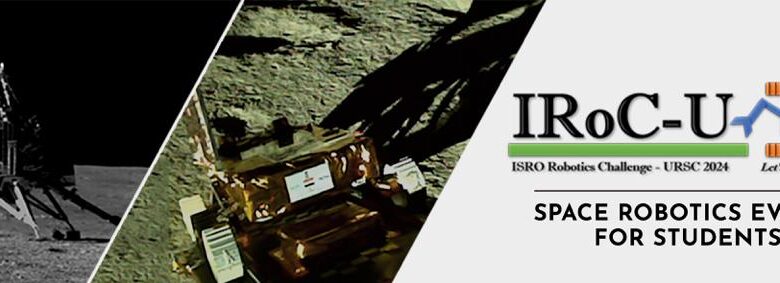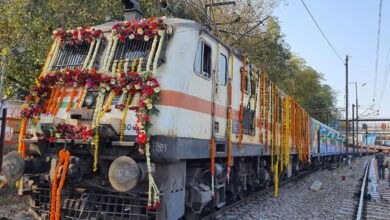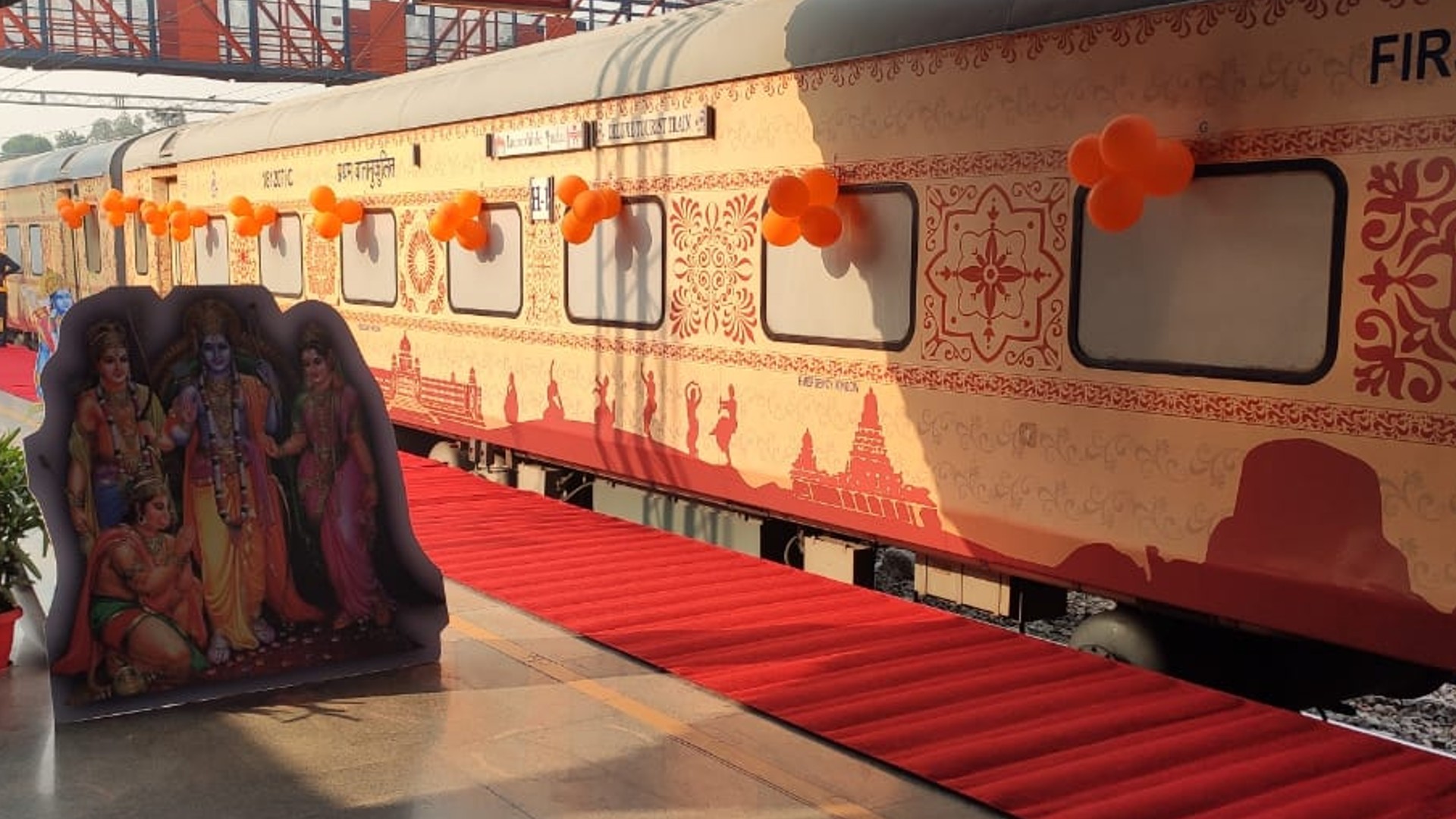ISRO Launches Robotics Challenge (IRoC-U 2024) to Engage Indian Students in Space Exploration

In the wake of the successful Chandrayaan-3 Vikram lunar landing and the exploration of the moon’s southern pole, the Indian Space Research Organisation (ISRO) is paving the way for future robotic exploration missions to the Moon and beyond. To foster innovation and collaboration in space technology development, ISRO’s U R Rao Satellite Centre (URSC) announces the ISRO Robotics Challenge-URSC 2024 (IRoC-U 2024), inviting participation from Indian students.
The primary focus of the challenge is to encourage academia and industry to contribute to technology development aligned with ISRO’s objectives. URSC/ISRO aims to tap into the creative potential of India’s youth and provide unique opportunities for engagement in space robotics. Following the theme “Let’s build a space robot,” IRoC-U 2024 calls for innovative ideas and designs of robotic rovers for future interplanetary missions.
The challenge involves engineering projects where institutional teams construct robots to compete in an extraterrestrial-inspired arena, simulating real-life challenges faced by space robotics. The students are invited to design and realize a ‘Wheeled/Legged Rover,’ encompassing both hardware and software development. Solutions proposed in IRoC-U 2024 stand a chance of being incorporated into ISRO’s upcoming interplanetary robotics missions.
Objectives of the Challenge:
- Provide a standardized platform for exploring the field of space robotics.
- Foster a deeper understanding of space robotics and its applications among students, enhancing their skills in communication, collaboration, inquiry, problem-solving, and flexibility.
- Co-develop future technologies in space robotics through collaboration between students and ISRO.
Outcomes for the Student Community:
- Identify, formulate, and solve complex engineering problems using principles of mathematics, science, and engineering.
- Apply engineering design to produce solutions meeting specified needs.
- Communicate effectively.
- Collaborate with a team, provide inclusive leadership, establish goals, plan tasks, and meet objectives.
- Formulate and conduct appropriate experiments, analyze and interpret test and analytical data, and use engineering judgment to draw conclusions.
The challenge presents a unique opportunity for students to contribute to the advancement of space robotics and play a crucial role in shaping the future of interplanetary exploration.




